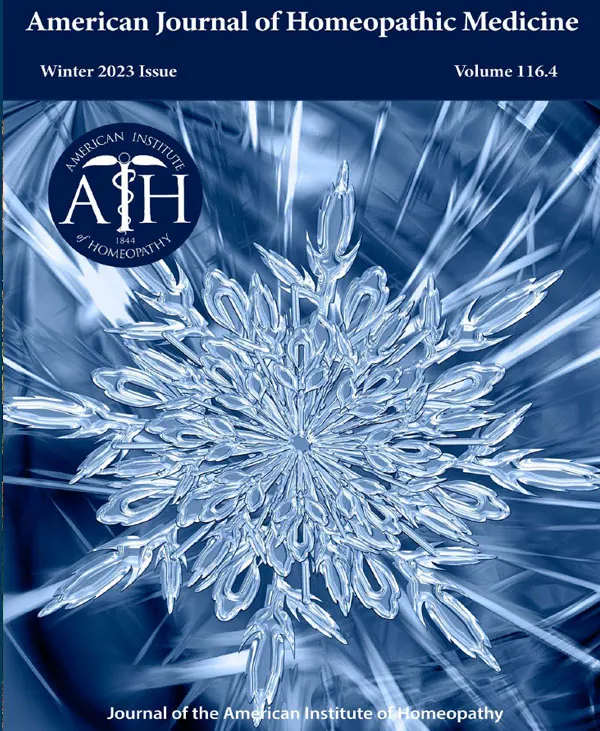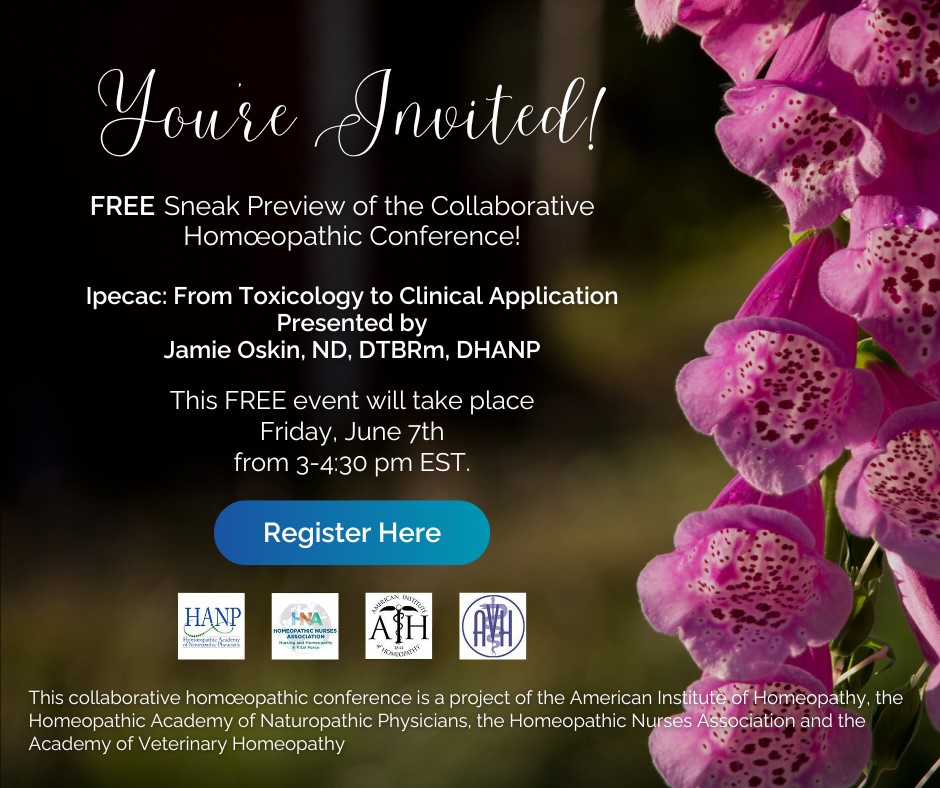
The Story of Dr. Mure
 [A Trailblazer.]
[A Trailblazer.]
J.H. Clarke
Of all the enthusiasts whom Homoeopathy has evoked, there is none more remarkable than the fiery Mure [Benoit Jules Mure, 1809-1958]2, now best known by his classic work entitled Materia Medica of Brazil. The story of his career is so very remarkable, and so very appropriate to a time of revival such as we now see beginning in our own land that I will give it to you in the words of Dr. Dudgeon from the second volume of the British Journal of Homoeopathy (1849), apropos of a Notice of Mure’s work, Doctrine de l’École de Rio de Janeiro et Pathogenesie Bresilienne, published in Paris in 1849. Dr. Dudgeon truly says, “Mure’s whole career bears such an air of knight-errantry and romance about it, that it seems, something like a fiction,” but he has every reason to believe that the facts as stated are true.
“M. Mure was a French merchant, well known at Palermo; and having fallen into extreme ill-health (phthisis pulmonalis is said to have been his malady), he was given over by his allopathic physicians. Apparently, in the last stage of consumption, the Organon of Hahnemann fell into his hands, which he eagerly perused; and struck by the new light revealed in this extraordinary work, a ray of hope beamed upon him, and he hastened away from Palermo to seek that relief from the hands of the homoeopathists which he was unable to obtain from the adherents of the old school. On his arrival at Lyons he placed himself under the care of the venerable Dr. Count des Guidi [Sébastien Gaeten-Salvador Des Guidi].3 Such was his miserable condition on leaving Sicily, his friends scarcely expected he would survive the fatigues of the sea voyage. Their astonishment was great when they saw him return in a few months in perfect health …
Mure was now resolved to consecrate the life that had been saved by Homoeopathy to its propagation; and, abandoning his commercial pursuits, he went to Montpellier to study medicine and obtain the legal qualifications for practicing as a physician. Having completed his studies and obtained his degree, he began to devote himself to propagate Homoeopathy. Malta was the first spot he chose for his operations. He arrived there in 1836. In the Grand Hall of the Knights of Provence, at Valetta, he got up an exhibition of his cures; something, we suppose, in the style of those formerly witnessed in this country, though on a more extensive scale, but not on that account of less questionable propriety; but Dr. Mure, in his proselytizing ardour, was no stickler for professional etiquette. He succeeded in making converts of some medical men there, particularly of Drs. Fennich, Buonavia, and De Claude.
The cholera having broken out in the kingdom of Naples, he crossed over to Palermo in 1837, and on the voyage wrote some papers on the progress of Homoeopathy and the homoeopathic treatment of cholera, with Hahnemann’s instructions for the cure of that disease. These he published on his arrival.
The cholera not appearing in Sicily, he went elsewhere to propagate the faith, but was speedily recalled to Palermo by the invasion of the pest; he did not arrive there, however, until the disease was already in its decline, after having carried off nearly a quarter of the population in forty days. Whilst most of the allopathic physicians had fled from the town during these fatal days, two of Mure’s disciples, Drs. De Blasi and Bartoli, remained faithful to their post, and were instrumental in rescuing a number of persons from the grave. However, the Academy of Palermo, which had erased De Blasi’s name from among its members on account of his heretical opinions, refused to register the cases treated by the homoeopathists; but the Government, appreciating the excellence of their treatment, took care to spread a knowledge of the method pursued by them among the parts of the country still ravaged by the plague.
Our hero now set about translating a repertorium from the German for the use of the Sicilian physicians, and established a pharmacy, where he made all the homoeopathic preparations with his own hands. He here invented a machine for triturating the medicines, and another for succussing the dilutions, of which he has given us drawings in the Bibl. Hom. Genève, and also in the work before us. His plan was to triturate every substance, mineral, vegetable, and animal, up to the third attenuation, and with his succussion machines to give 300 shakes to each dilution. He undertook to supply every medical man gratuitously with all the homoeopathic preparations. Not being able to obtain bottles in sufficient quantity, he established a glass-blowing manufactory, himself instructing the workmen, whereby he was enabled to supply with pocket pharmacies all the medical men who applied to him, and who were by no means few in number. During this time, he translated into Italian Jahr’s Manual.
In the beginning of 1838, he opened a dispensary at Palermo, and soon afterwards a second in the centre of the town on a magnificent scale. In less than a year the number of patients daily seen here amounted to upwards of 200, and above six physicians were occupied in attending to them. Physicians, students, lawyers, priests, literary men, flocked to this temple of charity to hear from the patients themselves an account of their astonishing cures, we are told; and thus, this dispensary became the centre of the propaganda for Sicily. The allopathic physicians, our informant assures us, found themselves almost deserted by their patients; the apothecaries begged to be allowed to sell the homoeopathic medicines, and the wards of the great hospital were almost forsaken. In some public hospitals Homoeopathy was adopted, viz., in the hospitals of Morreale, Mistretta, Pietraperzia, and that of the brothers of San Giovanni de Dio, their physicians having become converts to the new system. In a very short time about thirty physicians declared themselves favourable to the new doctrines …
A homoeopathic society was formed, which in 1844 was formally recognized by Government and converted into The Royal Homoeopathic Academy.’ Courses of lectures on Homoeopathy were delivered. Having thus given the impulse to Homoeopathy in Sicily, our indefatigable colleague, desiring a new field for his beneficent conquests, turned his eyes towards Paris; and, thinking things were not going on quickly enough there to his liking, he resolved to stir up the energies of his dormant confrères.
Arrived in Paris, in 1839, he immediately set about the foundation of a homoeopathic institute, for the purpose of spreading the system by practice, instruction, and publications. A dispensary was opened every day for the poor; courses of lectures were announced on Clinical Homoeopathy by Dr. Croserio, on the Theory and History of Homoeopathy, and on Materia Medica by Dr. Jahr. Two newspapers for the indoctrination of the public were set a-going: a daily one, the Capitole; and a weekly one, the Nouveau Monde. A homoeopathic pharmacy was established, provided with all Dr. Mure’s ingenious apparatus. A library, containing all the Homoeopathic works necessary for the student, was formed.
The opening of this institute on November 20, 1839, was rendered peculiarly imposing by the presence of Hahnemann himself, and a long oration was pronounced by Dr. Jahr, which is reported in the Bibl. Hom. de Genève for 1840, where also may be found numerous particulars relative to the impulse given to Homoeopathy in France by Dr. Mure, the opposition he encountered, and the spirit with which he attacked his adversaries. But this restless spirit yearned like Alexander for new worlds to conquer; he desired to find some land where he might be the first to break the ground, and to convey blessings hitherto unknown to a race of men ignorant of the glorious doctrines of Hahnemann. He determined to cross the ocean and rear the standard of Homoeopathy in the virgin soil of South America. Accordingly, he sailed for Rio de Janeiro, and arrived there in 1840. The traces of Homoeopathy in the Brazilian empire were but few before that time …
He was shortly after his arrival despatched by the Brazilian Government to Ste. Catherine to found a phalansterian colony, for our hero is an ardent Fourierist, and a disciple of Swedenborg to boot. On his journey he treated many patients and spread abroad a knowledge of the system. At Ste. Catherine he made a convert of Dr. T. de Silveira. At the end of March 1841, we find him again at Rio, where he was joined by Dr. Lisboa, and he soon succeeded in converting a number of allopathic physicians, and vigorously assailed the old school by his publications and successful practice. He travelled about from place to place, creating wherever he went a public, whom he left in charge of some medical man of whom he had made a convert. His custom, we believe, was, when he arrived in any new town, to address appeals to the priests, in the name of charity and Christianity, to assist him in the propagation of the Homoeopathic system, and by this means he made numerous converts among the clergy, whose influence with the laity served to spread a knowledge of Homoeopathy in a very short time, and crowds speedily flocked to his gratuitous consultations.
His resources being speedily exhausted in these disinterested efforts to spread the cause, he found himself forced to settle down to remunerative practice, which he did in Rio in 1842. Towards the end of that year, with the assistance of Dr. Martins and Dr. Lisboa, he founded the Brazilian Institute, and opened the first dispensary in Rio. In July 1844, the foundation of the homoeopathic school was laid, and the course of study was opened in January, 1845 …”
[Trailblazing indeed!]
- Clarke, JH. The Enthusiasm of Homeopathy with the Story of a Great Enthusiasm. (Reprinted from the Journal of the British Homoeopathic Society, January 1907). London: Homoeopathic Publishing Co. 1907. P. 22- 34.
- http://homeoint.org/seror/biograph/mure.htm. Accessed 10/09/2022
- http://homeoint.org/seror/biograph/guidi.htm
About the AJHM
The American Journal of Homeopathic Medicine (AJHM) is a peer-reviewed scientific journal, specifically intended to meet the needs of physicians involved in the specialty of homeopathy. The editor invites original manuscripts, feature articles, research reports, 'Homeopathic Grand Rounds' cases studies, abbreviated case reports for 'Clinical Snapshots,' seminar reports, and position papers that focus on homeopathy, as well as book reviews and letters to the editor. Click below to subscribe to the Journal.
Latest Issue of the AJHM

AJHM – Winter 2023
Volume 116 Number 4
Table of Contents
- Editorial: In this Issue
- Homeopathic PuZZle?
- A Case of Erectile Dysfunction and Anejaculation in a Diabetic Patient
- Iron and Its Salts: Materia Medica and Illustration
- Suppression in the Organon
- An Appreciation of Jacques Jouanny’s Life and a Review of His Opus “The Essentials of Homeopathic Therapeutics”


